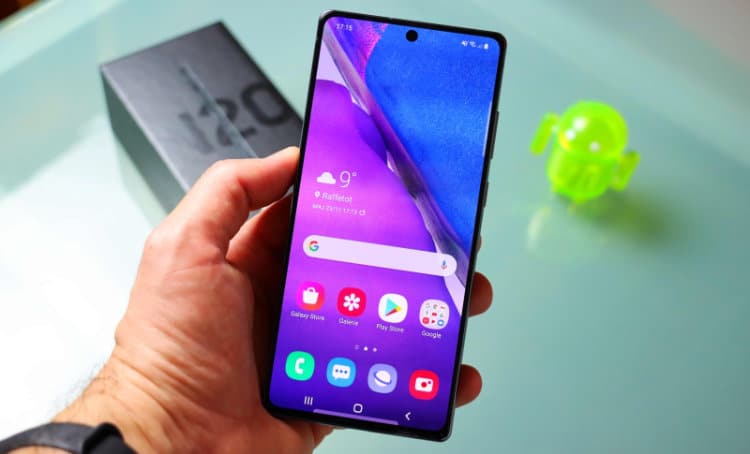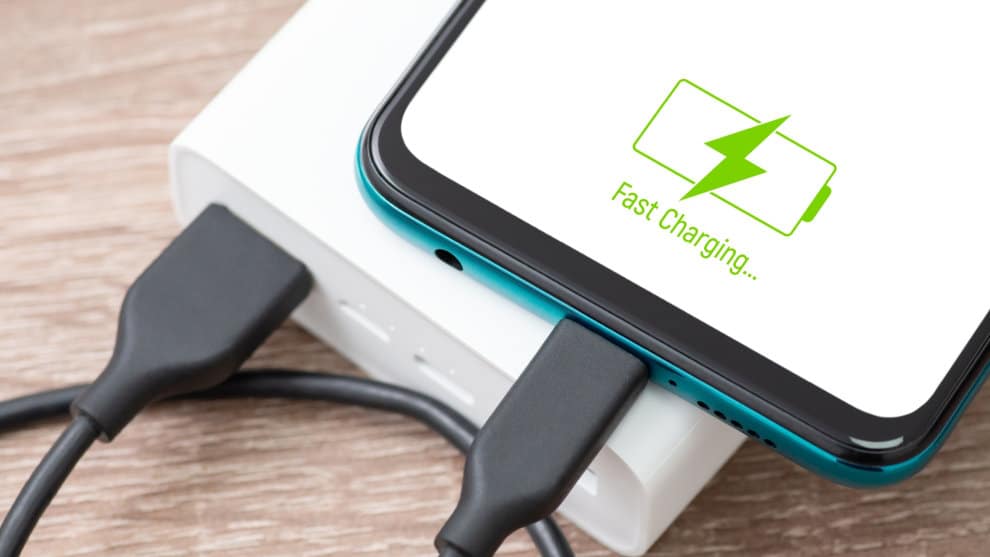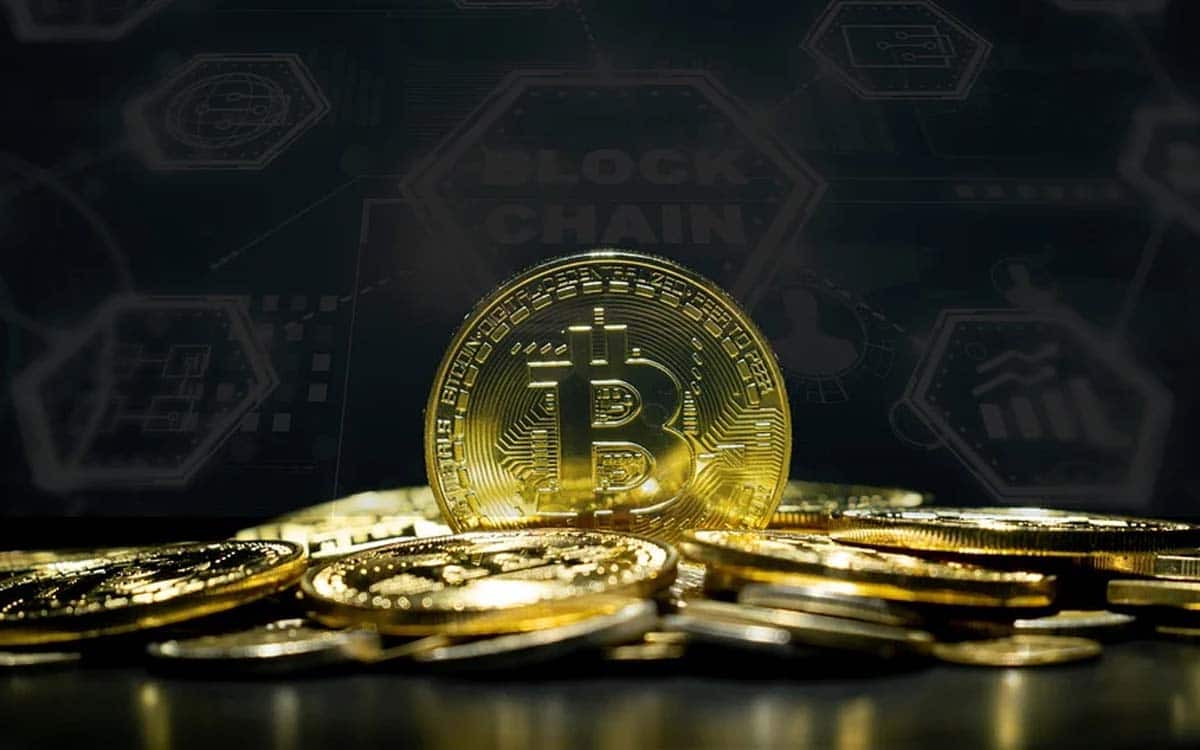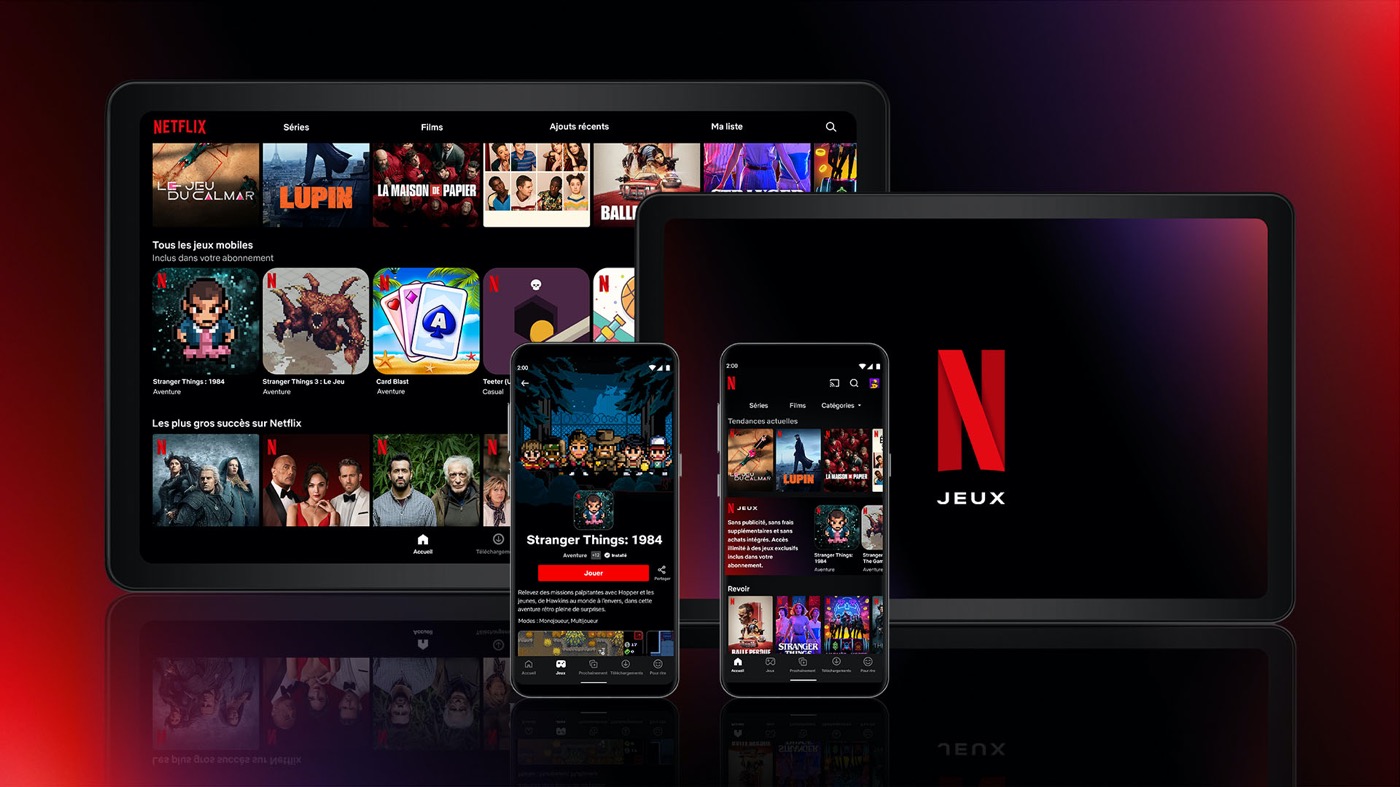Fast phone charging: what’s the problem?
With the intensive use of our smartphones, fast charging was presented as saving. A very simple novelty that would allow our devices to return to full capacity in a few tens of minutes. However, after more than ten years of existence, fast charging is still not mastered by manufacturers.
The big ones picking up
On the question of fast charging, being a recognized manufacturer and market leader is not a guarantee of quality. Indeed, if we take the example of Apple, its latest model, the iPhone 14, is “only” equipped with a PDS (Power Delivery Standard) USB charging port. A system that has proven itself, but which does not really correspond to current expectations. Result, count two good hours to reach 100% battery, with a little used model.

On the other side of the spectrum, we find Google, with its Pixel 7 equipped with a state-of-the-art charging port, but limited to 20 Watts! Despite its modern setup, the device takes just as long to charge as it would through a PDS port and, in the case of the Pixel 7a, experiences worrying battery overheating. In addition, as with many manufacturers, fast charging of Pixels is only possible with certain types of chargers, under certain conditions. Ditto at Samsung where only the Galaxy S23+ and S23 Ultra offer 45 Watts with a charger that is not even in the box.
Heat and battery, an imperfect marriage
But then why is fast charging touted without being really accessible? Mainly because the manufacturers haven’t adapted the batteries to the new charging methods. Thus, most of the energy cells of our smartphones are unsuitable for the technology and overheat as soon as a load power greater than 30 W is activated. And, as we know, a battery that heats up is a battery that gets damaged.
The proof with Xiaomi. The Chinese brand has made the choice, for a few years now, to fully keep the promise of fast charging for its batteries. Problem, this causes, as expected, overheating of the battery module of its devices. As a result, the longevity of the smartphone decreases drastically, a situation which has also led Xiaomi to lock fast charging by default, behind a whole bunch of parameters.
Xiaomi 13 Pro 120 Watt fast charge:
0 to 24% in 5 minutes
0 to 48% in 8 min
0 to 53% in 11 min
0 to 68% in 16 min
0 to 84% in 21 min
0 to 100% in 25 min and 19 seconds
The battery is 4820 mAh.
It’s a little less impressive than the Xiaomi 11T Pro tested with us in January… pic.twitter.com/vZ4t72NpXq— Android MT (@AndroidMT) April 30, 2023
How to quickly charge your smartphone?
So, in the end, is it still possible to have a fast charge on your smartphone? For now, not really. In theory, many manufacturers advertise ultra-fast charging performance, but in reality this is not really observed. For the time being, only certain flagships, such as Asus, manage to consistently drop below 40 minutes of charging time. The Taiwanese brand offers “slow charging” which uses only 10 W: ideal for the night for example (no need to heat your battery unnecessarily if you have time in front of you. On the same principle, “smart charging” synchronizes with the alarm clock or a particular event (train departure, etc.)
The real question of fast charging therefore rests on the democratization of this technology. It can only be considered accessible when entry / mid-range smartphones offer it, with tangible and real results.



